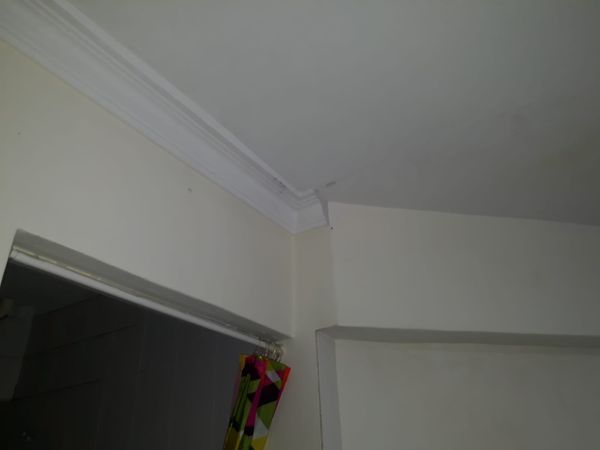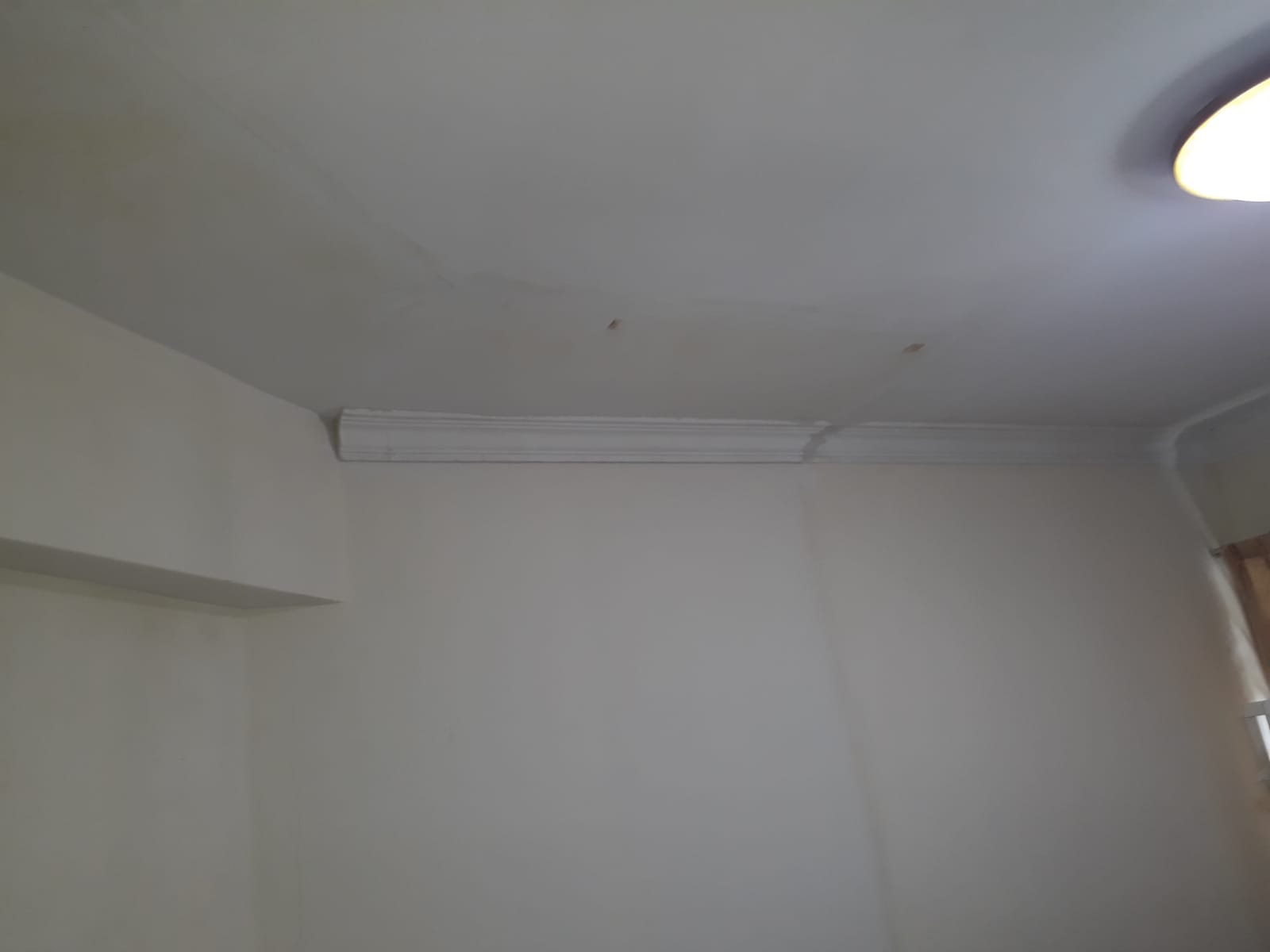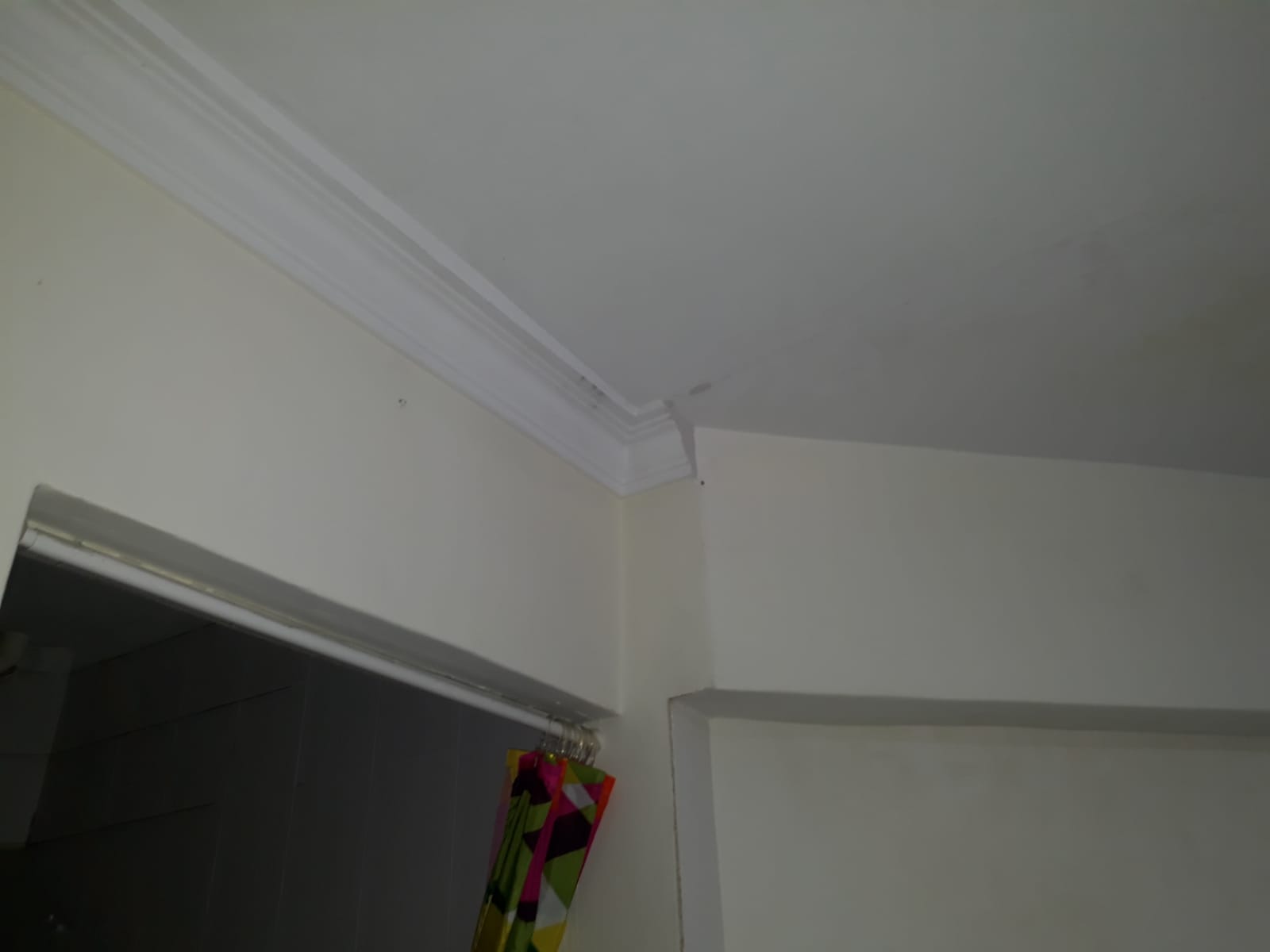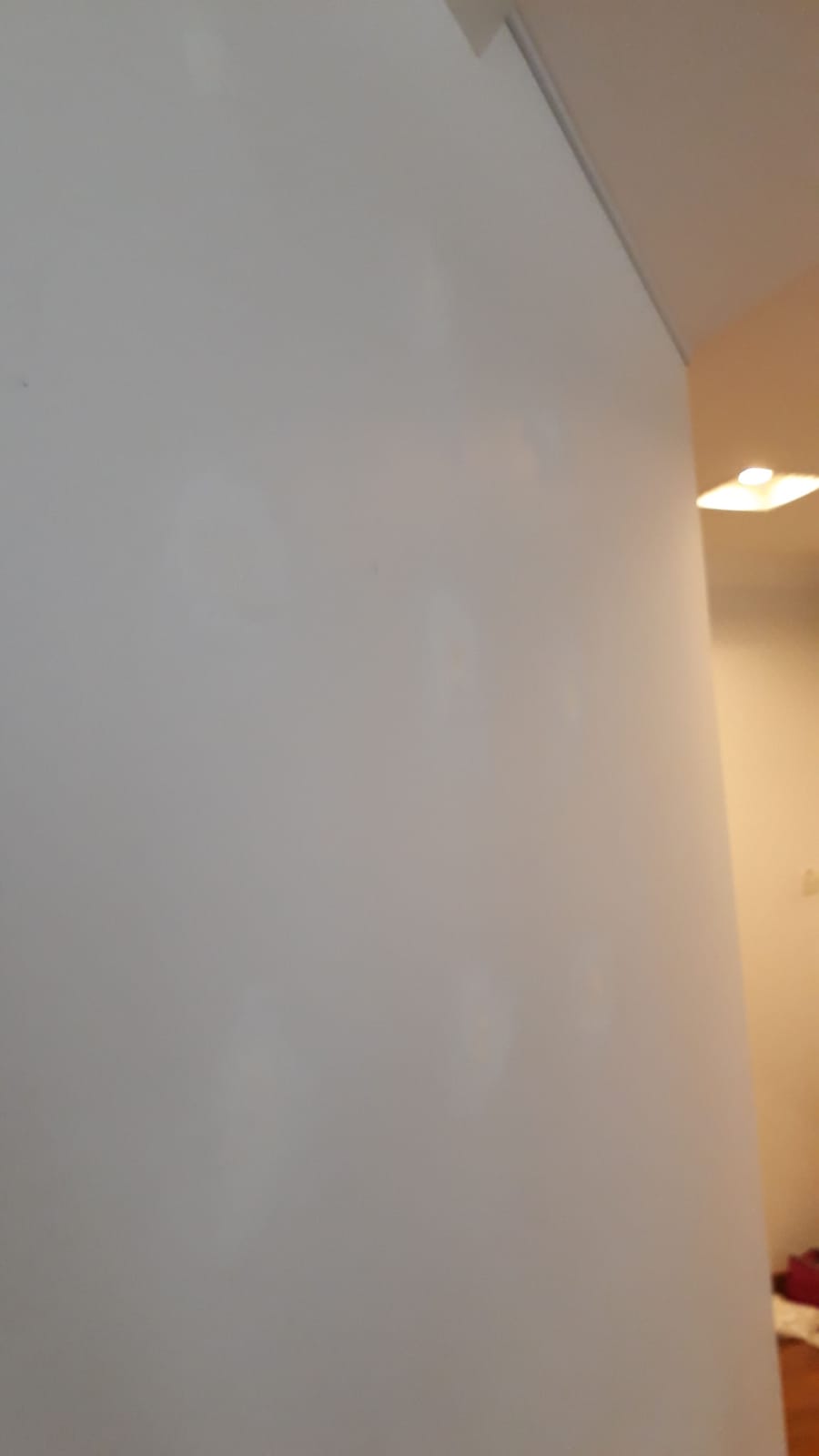
About Cornice
A Cornice is a decorative architectural element typically installed where the ceiling meets the walls. It serves both aesthetic and functional purposes by adding visual interest and elegance to a room while concealing any joints or imperfections between the wall and ceiling. Cornices can be made from a variety of materials and come in a wide range of designs, from simple, clean lines to intricate, ornate patterns. In addition to enhancing the appearance of a room, cornices can also help with soundproofing and lighting, as they are often used to conceal lighting fixtures, such as recessed or cove lighting. Cornices are commonly used in both residential and commercial settings to add a finishing touch to interior spaces.

Cornice Installation
Cornice Installation involves the precise fitting and securing of decorative moldings at the junction between the walls and ceiling to enhance the aesthetic appeal of a room. The process begins by measuring and cutting the cornice material to the required dimensions. The cornice is then attached to the wall and ceiling using adhesive, nails, or screws, ensuring it is level and secure. For a seamless finish, the joints are filled with filler and sanded smooth. Proper installation requires skill to ensure clean lines, even spacing, and a professional-looking result, which enhances the overall design of the space while concealing imperfections and adding a sophisticated touch.
Repair & Restoration
Cornice Repair and Restoration involves fixing damaged or deteriorated cornices to restore their original beauty and functionality. This process may include repairing cracks, replacing broken sections, reattaching loose moldings, and filling gaps or holes caused by wear and tear or structural shifts. Cornice repair and restoration not only enhance the visual appeal of a room but also preserve the integrity of architectural features, ensuring that the cornice continues to add aesthetic value to the space.


Painting & Finishing
Cornice Painting and Finishing involves applying paint or a special finish to the cornice after it has been installed or repaired, to enhance its appearance and protect it from wear. This process includes priming the cornice surface, followed by the application of a high-quality paint or decorative finish that complements the room’s decor. The paint is often selected based on the material of the cornice and the desired aesthetic. Proper painting and finishing not only enhance the cornice’s visual appeal but also provide durability, helping to protect it from dust, moisture, and fading over time.
